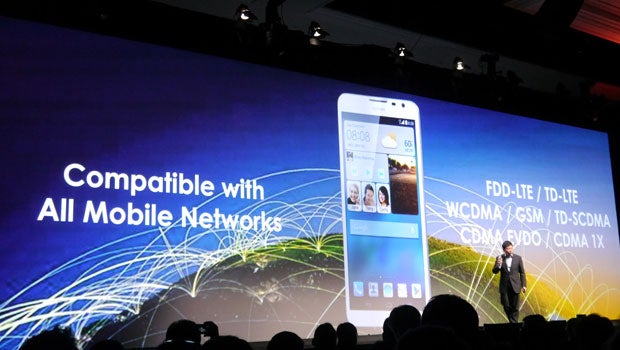Huawei: Ascend Mate was originally designed with a stylus

Having unveiled its second-generation device, Huawei has revealed that the 6.1-inch Huawei Ascend Mate was originally designed with a stylus before the input peripheral was scrapped.
A move that would have seen the oversized phablet device closer resemble the market leading Samsung Galaxy Note 3, Chinese manufacturer Huawei has spoken out on how it originally planned its Mate product to come with its own S-Pen rivalling add-on.
“We actually started the Ascend Mate with a stylus,” Jerry Huang, Huawei’s Director of Marketing told Trusted Reviews following the CES 2014 launch of the Huawei Ascend Mate 2.
Detailing the company’s thinking behind scrapping the Mate’s stylus companion, Huang stated: “We decided that the really important thing with the phone was to offer the best user experience.
“Because we are using a touch screen we wanted to offer the best user experience with the fingers, as consumers will be using their fingers most of the time.”
Suggesting that design, as well as the overall user experience, affected the company’s decision he added: “The reason we have the best screen to body ratio is because we want the design of the phone to be as compact as possible for users to easily access all of the screen area with their fingers.”
The Huawei Ascend Mate 2 was officially unveiled last week, with the second-gen phablet said to come with a two-day heavy usage battery life.
Although increasing its staying power and adopting a modified form factor, the Huawei Ascend Mate 2 has also launched without an integrated stylus.
Read More: Huawei Ascend P6 Review

